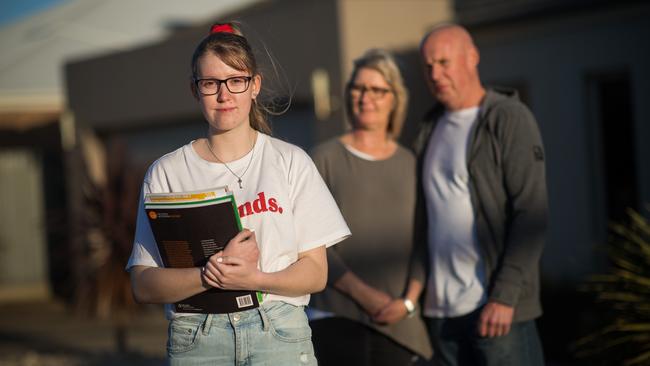Coronavirus: regions freed from city’s chains
Regional Victoria will operate under a less restrictive regime during the Victorian government’s road map out of COVID-19.

Regional Victoria will operate under a less restrictive regime during the Victorian government’s road map out of COVID-19.
There is no curfew, all students will return to school after the upcoming holidays, and from September 14 up to five people will be able to gather together in outdoor public places.
Retail is open subject to social distancing, unlimited outdoor recreation and exercise are allowed and people can travel further than five kilometres from their home. Getting a haircut is permitted.
However, like the city, for a while yet people will work from home where possible, leaving home only to shop, exercise, provide care or seek medical treatment.
With fewer than 100 active coronavirus cases in areas outside metropolitan Melbourne and the Mitchell Shire, regional Victoria has been crying out to be untethered from the city and to let business open up.
But until new daily cases are five or fewer, with no mystery cases, the Andrews government will hold regions back from moving to step three of its road map, where there would be no restrictions on leaving home and restaurants and cafes would be allowed to reopen with patron limits.
And indoor entertainment, galleries and nightclubs will all be closed until at least November 23 under the regional road map.
Daniel Andrews was optimistic on Monday about how quickly regional Victorians could move through the steps of the road map toward greater freedoms and more business reopenings.
“It will be perhaps a matter of weeks before regional Victoria can move to a very different range of settings compared to metropolitan Melbourne,” the Premier said.
“That would mean more shops open, more people at work … relatively normal compared to the situation that metropolitan Melbourne will have to be in for a longer period of time.”
Federal Nationals leader Michael McCormack questioned why all of regional Victoria, including areas that had n ever had a case, faced the same restrictions.
“Making the removal of restrictions in Mallacoota contingent upon case numbers in Swan Hill, more than 800km away, would be like closing Sydney down until Melbourne’s numbers drop,” Mr McCormack said. “Individual communities need to be treated based on their own circumstances, not on case numbers hundreds of kilometres away.”
The return to school next term for Ballarat Year 12 student Alana Haintz will be some solace after a disappointing year.
Ms Haintz not only missed out on her school formal but also months of face-to-face teaching and socialising with friends in the school lunch break, after school and on the weekends.
“I’m travelling along with the academic side of it okay but the last year is supposed to be super fun,” she said.
Ms Haintz said she understood that it was important for everyone to play their role in combating COVID-19. “If it was studying inside longer than expected, you have to suck it up and get on with it, really,” she said.
Her mother, Kathy said, it had been difficult to watch her daughter miss out on the usual Year 12 experiences, including friends‘ 18th birthdays.
“I suppose that’s probably been the most challenging,” she said. “It’s a slow process [out of lockdown].”
Opening up working arrangements is more advanced in the regions under the new road map.
While construction, manufacturing and wholesaling remain heavily restricted in metropolitan areas, they can open in the regions with a COVIDSafe plan. Meat and seafood processing will continue to be heavily restricted.
Intrastate travel will remain closed in the initial stage of the road map, but will open up when the regions hit step three.







To join the conversation, please log in. Don't have an account? Register
Join the conversation, you are commenting as Logout